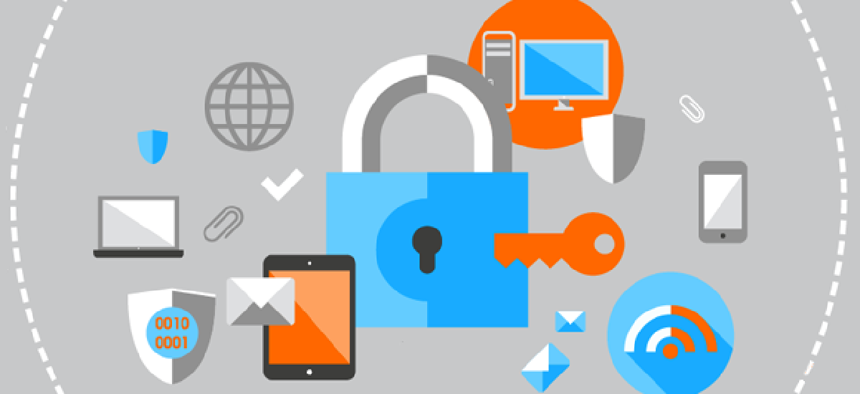Persistence tech offers layered approach to security

While data and device encryption is the first line of defense, it is not impervious to attack, so diligent IT departments should take a layered and persistent approach to security.
Faced with the complex trifecta of workforce mobility, increased connectivity and regulatory compliance, government IT leaders are managing a delicate juggling act in today’s intricate security and regulatory environment.
In the last year, high-profile data breaches involving the Department of Energy, the IRS and the National Security Agency have brought data protection to the top of the government IT agenda, reminders that agencies should setting the standards in data protection compliance.
Here’s an approach that can help government agencies juggle a mobile workforce, provide increased network connectivity and balance data loss prevention without dropping the ball.
Agency IT organizations first faced the specter of sensitive data breaches when laptops were first adopted for mainstream use in government. Today IT is tasked with securing sensitive data stored on devices portable enough to reside in an employee’s pocket – ultra-portable devices that are frequently lost or stolen.
While data and device encryption is the first line of defense, it is not impervious to attack. Consequently, diligent IT departments take a layered approach to security to mitigate the risk of lost or stolen data.
One route to layered security is the use of “persistence” technology. If encryption is the bricks and mortar of a computer system, persistent security could be considered its monitored alarm system. Here’s how it works:
Persistence technology is built into the BIOS or firmware of most devices during the manufacturing process. It is designed to detect when a security software agent has been removed. If the software agent is missing, the persistence module will ensure it automatically reinstalls, even if the firmware is flashed, the device is reimaged or a mobile devices is wiped clean to factory settings. This gives the IT office a trusted lifeline to each device, regardless of user or location.
The Environmental Protection Agency relies on persistence technology for a constant connection to all devices in its deployment. The agency used a persistent endpoint management and security solution to track, manage and secure the endpoints for control over its devices – and the sensitive data they contain. If the IT managers are alerted to a suspicious event on a device, they can remotely invoke pre-emptive or reactive security measures.
If a device has been stolen, IT administrators can set up a preapproved data-delete or data-retrieval request so that sensitive data on the device is deleted or retrieved the next time the computer calls in to the monitoring center.
This function can also be used for lifecycle management to ensure that computers are securely decommissioned, remotely deleting sensitive data at the end of their life or lease. Once the data delete command is completed, IT will receive an audit log of the deleted files to prove compliance with government regulations.
Administrators at the EPA can also set custom alerts for notification if a device leaves a designated area or if encryption or antivirus software has been tampered with. Additionally, proactive endpoint reporting proves that the other layers in their security framework are performing optimally.
For lower priority security events such as unauthorized software installations, IT can simply freeze the device and send a message to the user to call the IT support desk. These functions allow an agency to be proactive about data security and compliant with strict regulations while supporting a mobile workforce.
Together, a layered approach to security, blending user security practices and persistence technology monitoring is an effective way to create enterprise security comprehensive enough to respond to agencies’ growing exposure to risks.
NEXT STORY: DC tests ID management for first responders





